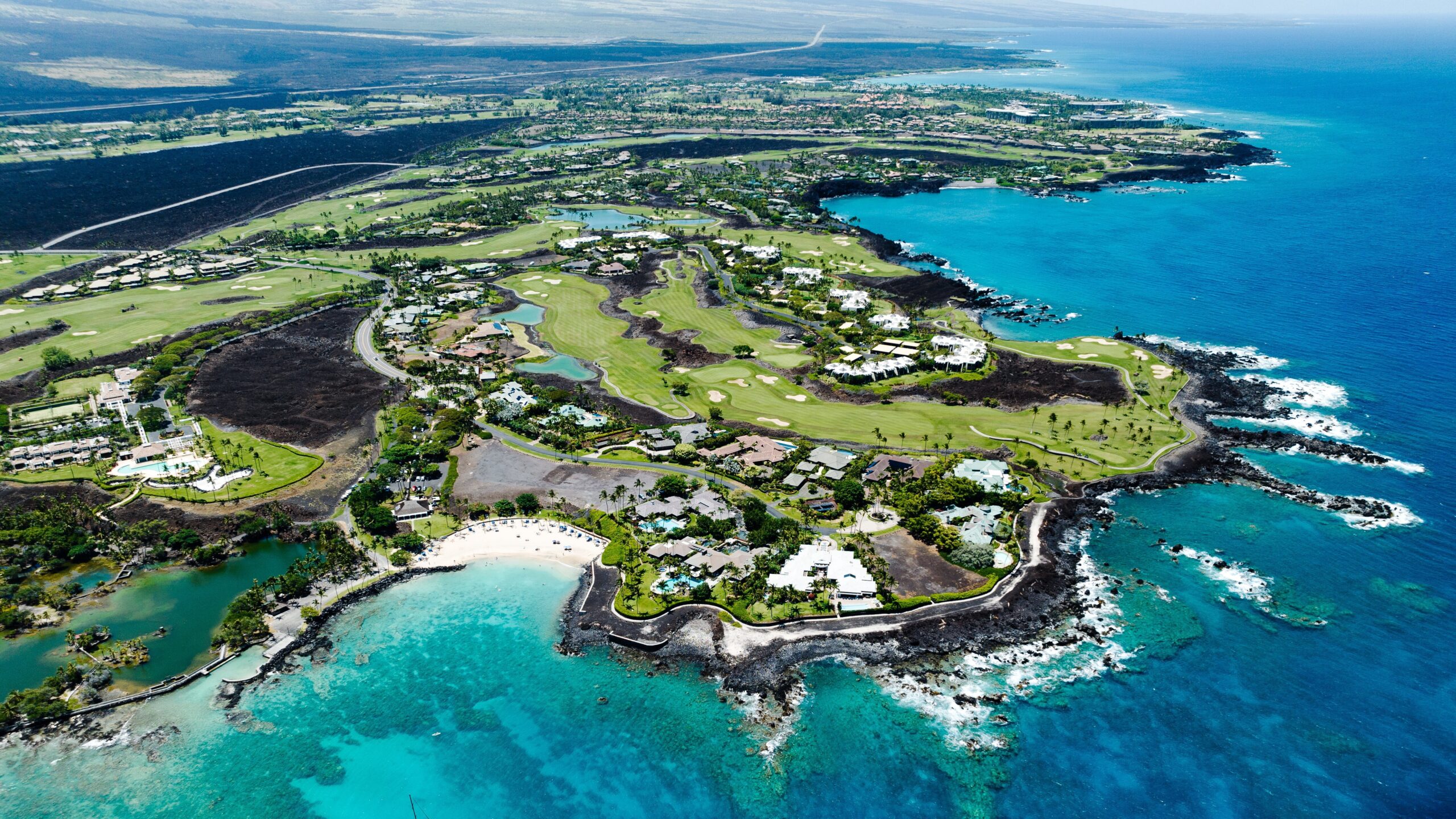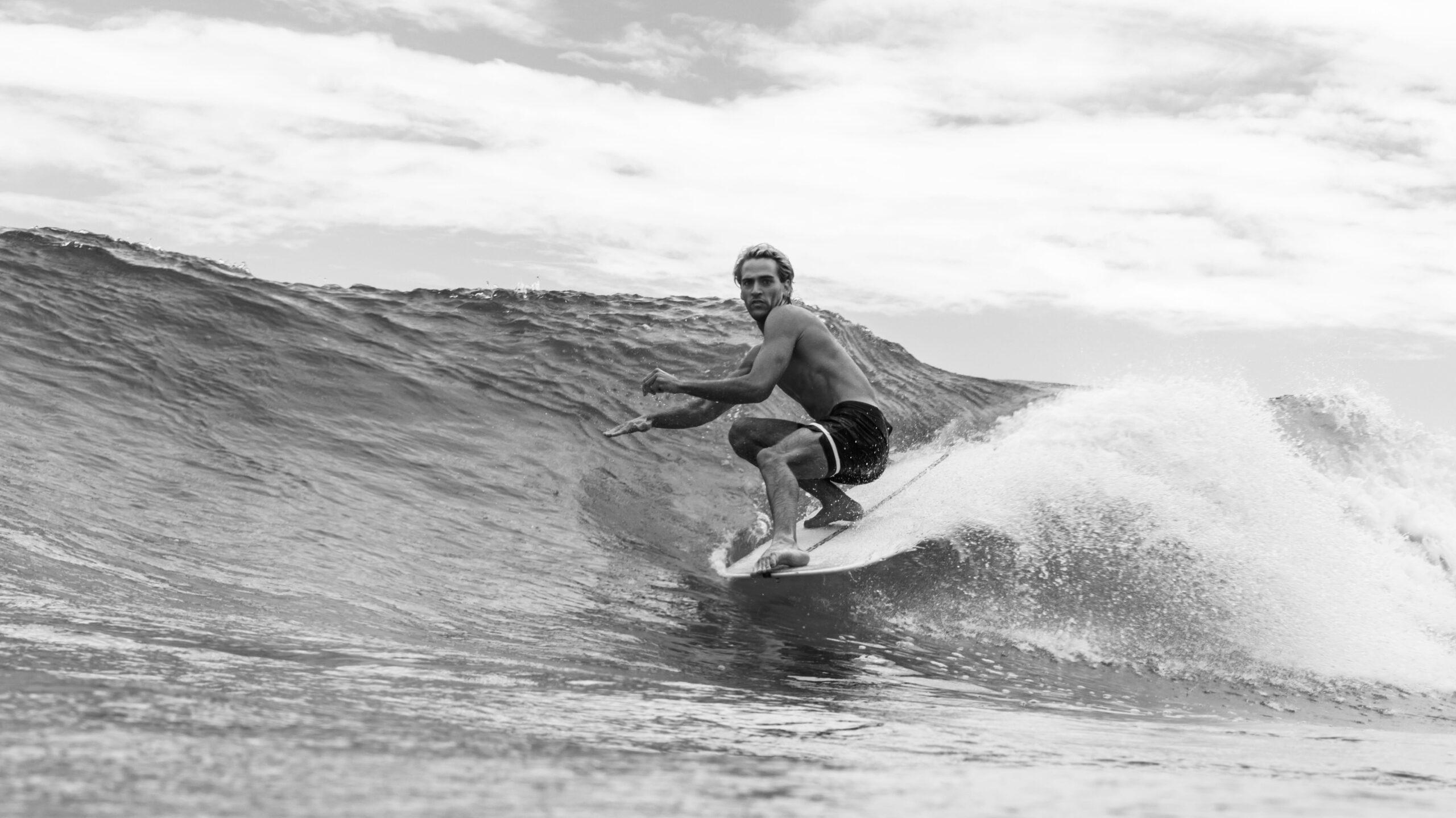
Table of Contents
Embarking on the incredible journey of surfing is like riding the waves of time itself. This exhilarating sport, blending nature’s forces with human prowess, has left an indelible mark on the hearts of water enthusiasts throughout the centuries. As we explore the intriguing origins of surfing, we aim to unravel the who, when, where, and how of its invention, all while tracing its evolution through the ages.
I. Who Invented Surfing?
Venturing into the birth of surfing takes us into the mystique of Polynesia, where riding waves became an integral part of the cultural fabric. Amidst the vast Pacific, various island communities crafted their own tales of surfing, fostering a deep connection between the ocean and its people. Although the specific individual credited with inventing surfing remains elusive, Polynesia emerges as the cradle of this aquatic artistry, where the sea and culture interweave seamlessly.
Polynesia’s Integral Connection between Waves and Culture
Polynesia, with its paradisiacal islands such as Hawaii, Tahiti, and Samoa, provides the backdrop for the birth of surfing. The ocean, revered as a source of life and spirituality, gave rise to unique surfing traditions on each island. The dance between surfer and wave became an expression of identity, a cultural phenomenon that transcended mere physicality.
The Mystique of Polynesian Wave Riding
Within Polynesia’s diverse archipelago, each island contributed to the evolution of surfing with its distinct styles and techniques. From the powerful swells of Hawaii to the gentle undulations of Samoa, the ocean served as both a playground and a canvas for the artistic expression of wave riding.
II. When Was Surfing Invented?
Surfing’s roots reach back through the annals of history, and while the exact moment of its inception remains elusive, evidence suggests a tale dating back over a millennium. The 4th century AD in Polynesia emerges as a pivotal epoch when the first intrepid souls ventured into the embrace of the ocean’s swells, initiating a legacy that endures to this day.
Antiquity of Wave Riding
The enigma of when surfing was first invented lies in the ancient artifacts and oral traditions of Polynesian cultures. As archaeologists and historians piece together fragments of the past, the consensus points to a time when the rhythmic dance between surfer and wave became an intrinsic part of Polynesian life.
Timeline of Surfing’s Antiquity
Consider the evolution of surfing not as a linear progression but as the ebb and flow of tides. Through centuries, surfing evolved as a living tradition, adapting to the changing currents of culture and society. The timeline is an intricate dance of discovery, revival, and global dissemination.
III. Where Did Surfing Originate?
The enchanting birthplace of surfing is unequivocally rooted in the embrace of the vast Pacific Ocean, within the paradisiacal realms of Polynesia. This expansive region, home to idyllic islands like Hawaii, Tahiti, and Samoa, laid the foundation for the evolution and flourishing of the water sport that would capture the imaginations of generations.
Polynesia: Nature’s Amphitheater for Surfing
Heralded as the cradle of surfing, Polynesia boasts warm waters, abundant waves, and a kaleidoscope of landscapes that provided an ideal canvas for wave enthusiasts. The rhythmic dance between surfer and wave found its perfect stage in the Pacific, where the undulating waters shaped the cultural identity of island communities.
Island Varieties
Within the archipelago of Polynesia, each island contributed to the surf narrative with its unique take on the sport. From the iconic breaks of Hawaii to the graceful swells of Tahiti and the powerful waves of Samoa, the diverse topography and oceanic nuances cultivated distinct surfing styles and traditions. Surfing, in Polynesia, was not merely an activity but a reflection of the islands’ individual personalities, seamlessly merging with the cultural tapestry of each locale.

IV. History of Surfing
The history of surfing unfolds as an intricate weave in the cultural fabric of Polynesian societies. Far more than a recreational pursuit, surfing held profound religious and social significance, becoming an integral part of daily life for ancient islanders.
Ancient Hawaiians and the Reverence for Surfing
Among Polynesian societies, ancient Hawaiians stood out as particularly devout surfers. The art of wave riding was not just a skill; it was a sacred practice. The esteemed class of “Ali’i,” or chiefs, were revered not only for their leadership but for their exceptional prowess on the waves. Surfboards, crafted with precision from local materials like koa wood, became sacred artifacts, embodying the connection between man, culture, and the sea.
Cultural Shifts
The arrival of European explorers and missionaries in the 18th and 19th centuries cast a shadow on surfing’s popularity in its homeland. Cultural suppression and a shifting societal landscape led to a decline in the practice of this ancient art. However, the spirit of surfing proved resilient. In the early 20th century, a revival ensued, sparked by the efforts of trailblazers like Duke Kahanamoku. This Olympic swimmer and surfing ambassador played a pivotal role in reintroducing the world to the wonders of wave riding, transcending the boundaries of Polynesia and ushering in a new era for surfing.
V. Timeline of Surfing
4th Century AD: Earliest Evidence in Polynesia
In the vast expanses of Polynesia, the 4th century AD marks the earliest documented evidence of wave riding. Ancient Polynesians, attuned to the rhythms of the Pacific, embraced surfing as an integral part of their cultural identity, forging the initial connection between humanity and the ocean’s swells.
18th-19th Centuries: Decline Amidst European Influence
As European explorers and missionaries reached the shores of Polynesia, the cultural landscape underwent a profound shift. The 18th and 19th centuries witnessed a decline in the practice of surfing, as external influences sought to reshape the traditions of the island communities. Surfing, once revered, faced a period of suppression and cultural upheaval.
Early 20th Century: Hawaiian Resurgence Led by Duke Kahanamoku
In the early 20th century, the resurgence of surfing found a fervent advocate in Duke Kahanamoku, an Olympic swimmer and Hawaiian native. Kahanamoku’s charismatic embrace of the sport played a pivotal role in revitalizing surfing in its homeland. His passion and skill not only reintroduced surfing to the Hawaiian populace but also set the stage for its resurgence on the global stage.
1950s-60s: California’s Surfing Renaissance
The post-war era witnessed a transformative period for surfing, with California emerging as the epicenter of a cultural revolution. The 1950s and 60s marked the birth of modern surfing culture, characterized by an explosion of surfboard design, a distinctive surf music scene, and a growing community of enthusiasts seeking the thrill of the waves along California’s picturesque coastline.
Late 20th Century: Global Phenomenon and Industry Boom
Surfing transitioned from a regional passion to a global phenomenon in the latter half of the 20th century. The establishment of professional competitions, the rise of iconic surfwear brands, and the booming surf industry propelled the sport into mainstream consciousness. Surfers became cultural icons, and the allure of the ocean’s waves captured the imaginations of people around the world.
21st Century: Evolution and Olympic Inclusion
Entering the 21st century, surfing continued its evolution. Technological advancements in board design and the advent of surf parks contributed to the sport’s progression. A landmark moment arrived in 2020 when surfing made its debut in the Olympic Games, further cementing its status as a globally recognized and respected discipline.

VI. Conclusion
As we navigate the winding currents of surfing’s extensive history, we find ourselves immersed in a tale that transcends centuries, cultures, and the ebb and flow of the ocean itself. The question posed by the title, “How old is surfing?” echoes not just with numerical age but with the timeless essence of a sport that has weathered the ages.
Surfing’s age is not merely measured by years on a calendar but by the echoes of Polynesian chants, the dance of ancient Hawaiians on their revered waves, and the resilient spirit that weathered periods of decline only to rise again. The origins of surfing, shrouded in the mystique of Polynesia, are like footprints in the sand, imprinted by countless souls who ventured into the surf in reverence, celebration, and pure exhilaration.
The 4th century AD marks a tangible milestone in the timeline of surfing, but its age extends beyond tangible dates. It is a living tradition, an art form, and a cultural phenomenon that has adapted, evolved, and resonated across the globe. From the decline under the shadow of European influence to the Renaissance of California’s shores and the global boom of the late 20th century, surfing has proven its timeless allure.
In the 21st century, with the inclusion in the Olympic Games, surfing has not only evolved but has also become a symbol of unity, athleticism, and the enduring connection between humanity and the oceans. Technological advancements, surf parks, and the global community of wave riders all contribute to the ongoing narrative of surfing’s ageless journey.
How Old is Surfing?
As we conclude this exploration of surfing’s origins and evolution, we recognize that the question of its age is not confined to a number but resonates in the joy of catching a wave, the cultural richness of Polynesia, and the ongoing commitment to preserving the sanctity of the sport. How old is surfing? It is as ancient as the first wave caught, as modern as the latest surfboard innovation, and as eternal as the rhythmic pulse of the ocean. In its agelessness, surfing continues to captivate hearts, making each ride a nod to the past, a celebration of the present, and a promise for the waves that await in the future.
Diving into the annals of aquatic history, we explored the ageless journey of surfing, uncovering its ancient origins and modern resurgence. Now, let’s ride the winds of time and delve into the captivating tale of how age and innovation have shaped the thrilling world of windsurfing.
